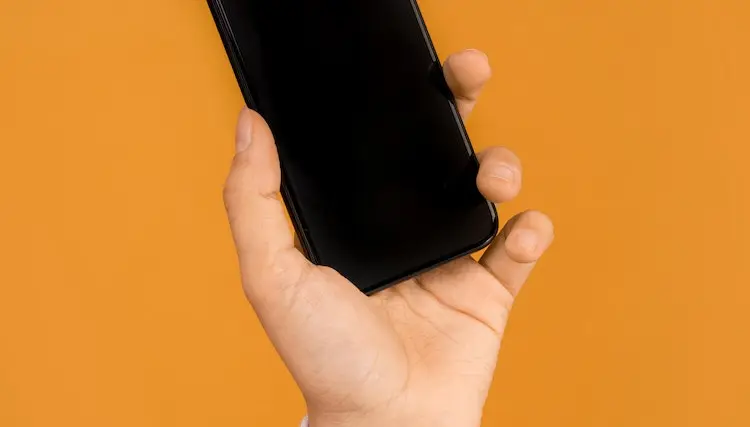The 5 Most Common Viruses On iPhone
We keep a lot of information on our phones, be it our private pictures, bank information, and many others. That’s why we need to be very careful, as a lot of viruses can be extremely problematic and they might even access all that sensitive data. It’s a very good idea to understand which are the most common viruses on your phone and how you can address that in a way that’s appropriate. Here are 10 common iPhone viruses that you should know about.

WireLurker
WireLurker is one of the most common viruses for iOS and it can easily enter your device via an USB connection or various downloads. What it does is it steals your data and in some cases, it allows remote control over your device. It’s been known since 2014, and it continues to be a major problem for a lot of people worldwide.
Masque Attack
Masque Attack gets spread via malicious apps, and it will end up sharing your personal data and spreading it with maleficent people. It can be hard to identify because it takes the appearance of real apps. That alone makes Masque Attack very sneaky, and really hard to identify. But once you find it, you do want to use a proper virus removal tool to eliminate it.
Pegasus
Pegasus controls and monitors various phone features. It can access location data, your microphone, camera, and many others. It also records your taps too, something that allows them to access your messages and passwords. Pegasus has been around since 2016 and it’s hard to identify, but it can easily infect your phone, which further adds to the issue.
Yispecter
Yispecter uses different infection methods, be it fake apps, random configuration profiles, or infected links. The main focus of the app is to try and bombard your device with unwanted ads, and it will also redirect users to suspicious sites. Needless to say, it can access and steal user data too.
AdThief
AceDeceiver spreads an app called the Aisi Helper and it will focus on stealing your data. The way it does spread this is via fake error messages, deceptive installation, or software bundles. Again, you need to be very careful what you are installing, as it might lead to such malware problems.
KeyRaider
The name is obvious, it’s the type of virus that will steal your Apple ID, passwords, and other relevant information. The idea is to capture all that sensitive data and then lock you out from the device. It’s very similar to ransomware and it can prove to be very dangerous.
Other common viruses you can find on the iPhone
A good example here is XcodeGhost which can affect developers who use Xcode. What it does is it ends up compromising the development app and the code that gets spread is maleficent, so you will end up with quite a lot of different devices affected, including your phone. That becomes a problem when viruses like XcodeGhost can spread so much, so you have to take that into account.
AdThief is not as troublesome as other viruses in that list, but instead, it can be very annoying. It infects phone via apps that you are pirating and it becomes an ad redirect. It will present specific ads from that network instead of ads that apps would show normally, which can have its fair share of issues.
JailbreakMe is also an example of a virus that can be a problem for iPhone users. The thing is, you will end up dealing with a compromise of the device security, which on its own can be a huge issue. If you have a jailbroken device, that on its own opens up a multitude of different situations. That’s the reason why you want to avoid jailbreaking because it can leave the door open to new attacks like these.
You always want to protect yourself against viruses, because these can be dangerous and problematic. Addressing the issue and trying to stay safe is super important, and it will circumvent a lot of potential issues. Avoid any rush and remember, having the right way to protect your phone can help quite a lot, you just have to understand the process and how it all comes together to prevent issues in the long term.

